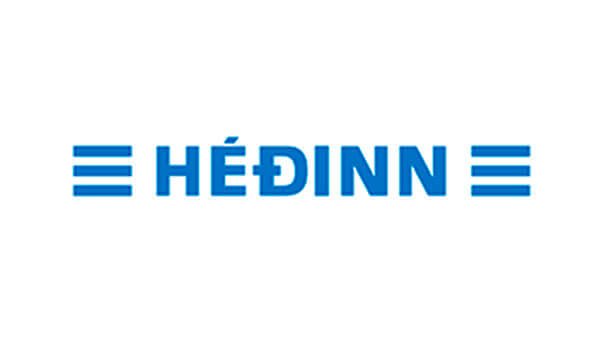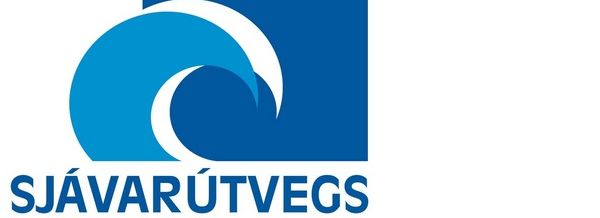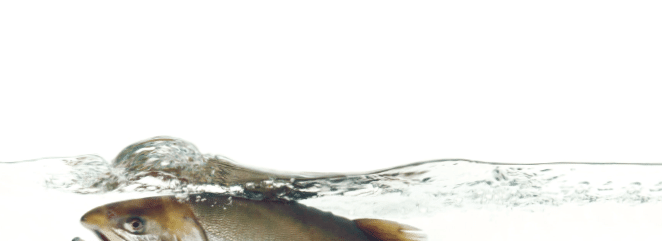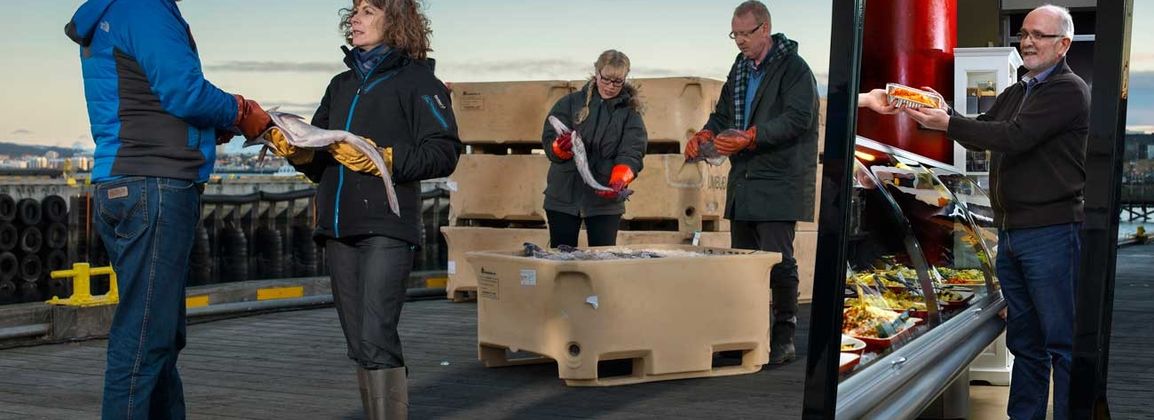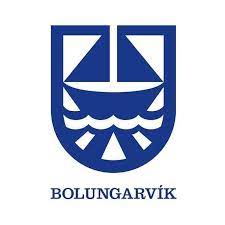Fisheries-related companies have worked together to solve bottlenecks that are narrowing, from having to save valuables to increasing valuables.
Companies in the fisheries sector have increasingly implemented processes aimed at increasing value creation in the Icelandic fisheries sector, and they are based on solutions that have been developed in collaboration between different companies and researchers. A few years ago, Icelanders lived with the plight of surfers and did not put all their effort into quality and utilization, but were more preoccupied with quantity. Fisheries companies have traditionally worked together on research and development, always emphasizing the bottlenecks that narrow the most at any given time, from the time it was said that valuables need to be saved until today when we strive to increase the value .
Icelandic seafood is sold daily at sought-after prices around the world. Although Icelanders do not produce most of their seafood products, the production of the Icelandic fisheries sector is quite valuable. We have succeeded with a focus on quality instead of quantity. Knowledge has increased efficiency in the fisheries sector and at the same time increased efficiency and contributed to greater value creation.
Every seller of Icelandic seafood aims to sell their products repeatedly. No one is forced to buy Icelandic fish. Icelandic fishing companies and fish processing plants sell in exceptional cases to those who actually swallow the bite. As a container loaded into a port by the North Sea crosses several borders on its way until it is spread on a dining table by the Mediterranean, several parties handle Icelandic fish from processing to trade. Whoever eats, wherever he swallows, must be content with the price. Satisfaction with product quality increases the likelihood of repeat business. The key is that consumers are satisfied with consumer goods in the condition in which they are delivered. Anyone who handles fish needs to be disciplined and follow proper procedures. Insufficient cooling hinders the possibility of the highest price for products, just as poor workmanship in handling catches reduces product quality.
Cooling is a check on value
Every single fish that is pulled from the sea around Iceland has the potential to be sold at a high price. Whether the hearth will be of the greatest possible value depends on the handling. It is necessary to work hard, cool the catch on board and maintain the cooling of the fish during processing. Chilled fillets can be packed in insulated packaging with refrigerant to preserve the cold state of food. It is possible to transport such a product by ship out of the country.
With systematic cooling from the time the fish is caught through the processing of the fish and during the transport to the fish processing plant, it is possible to transport fresh fish fillets by ship (ffms) instead of transporting fresh fish fillets by air (ffmf). Transport by ship is much cheaper than transport by air. There was a significant increase in ffms' exports in 2012, when ffms' exports were about 41% of all fresh fillet exports and ffms' exports returned about ISK 13.4 billion or about 38% of the export value of all fresh fillets. This export would not be possible if people were involved in depleting fish and freezing catches. Out of respect for the raw material, people do not offend with careless handling and out of respect for consumers, people strive to make the best possible use of the product that the consumer buys in order to increase the chances that the person in question will seek fish from Iceland again.
 Benefits of extensive collaboration
Benefits of extensive collaboration
In terms of cooling, the track was paved with a multifaceted collaboration. This collaboration included Matís, the fish processing plants Tangi, now HB Grandi Vopnafjörður, Útgerðarfélag Akureyringa and Festi nú Rekstrarfélagið Eskja Hafnarfjörður. Then the equipment manufacturers participated; The peninsula in Akranes, developed supercooling equipment and finally the packaging manufacturer, Promens, has been involved, whether maintaining raw materials or refrigerated products. The collaboration was funded by the AVS Fisheries Research Fund and the Rannís Technology Development Fund, as well as foreign research and development funds.
Cooling opens more doors
The result of cooling lies in the fact that with the systematic cooling of whole fish, there is a greater chance that value can be gained by producing by-products from the raw material.
Further information on cooling can be found on Matís' website, ChillFish. In addition, provides Arnljótur Bjarki Bergsson at Matís information on cooling.

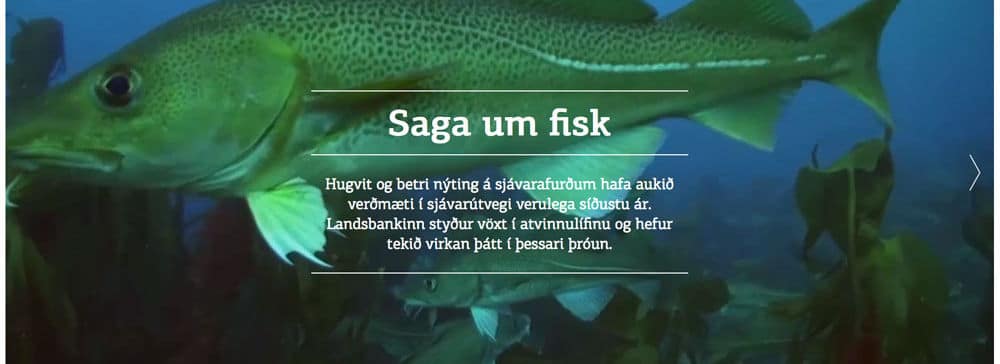
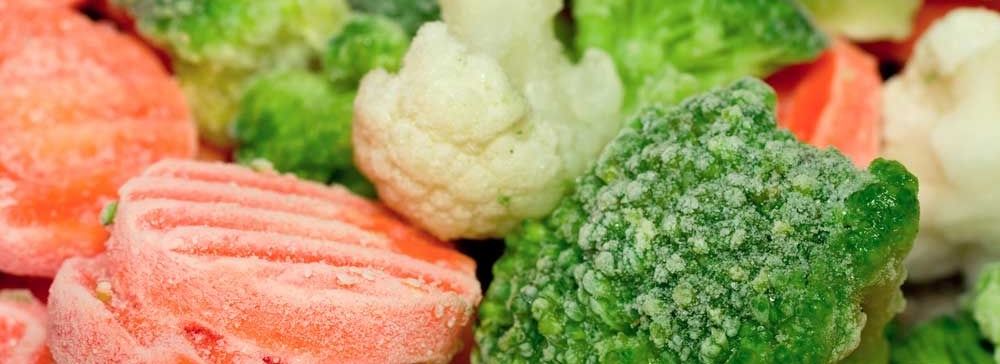
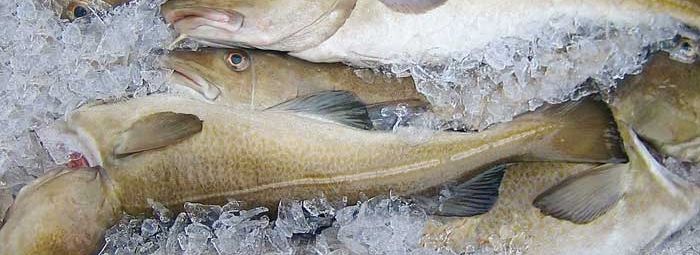
 Benefits of extensive collaboration
Benefits of extensive collaboration


